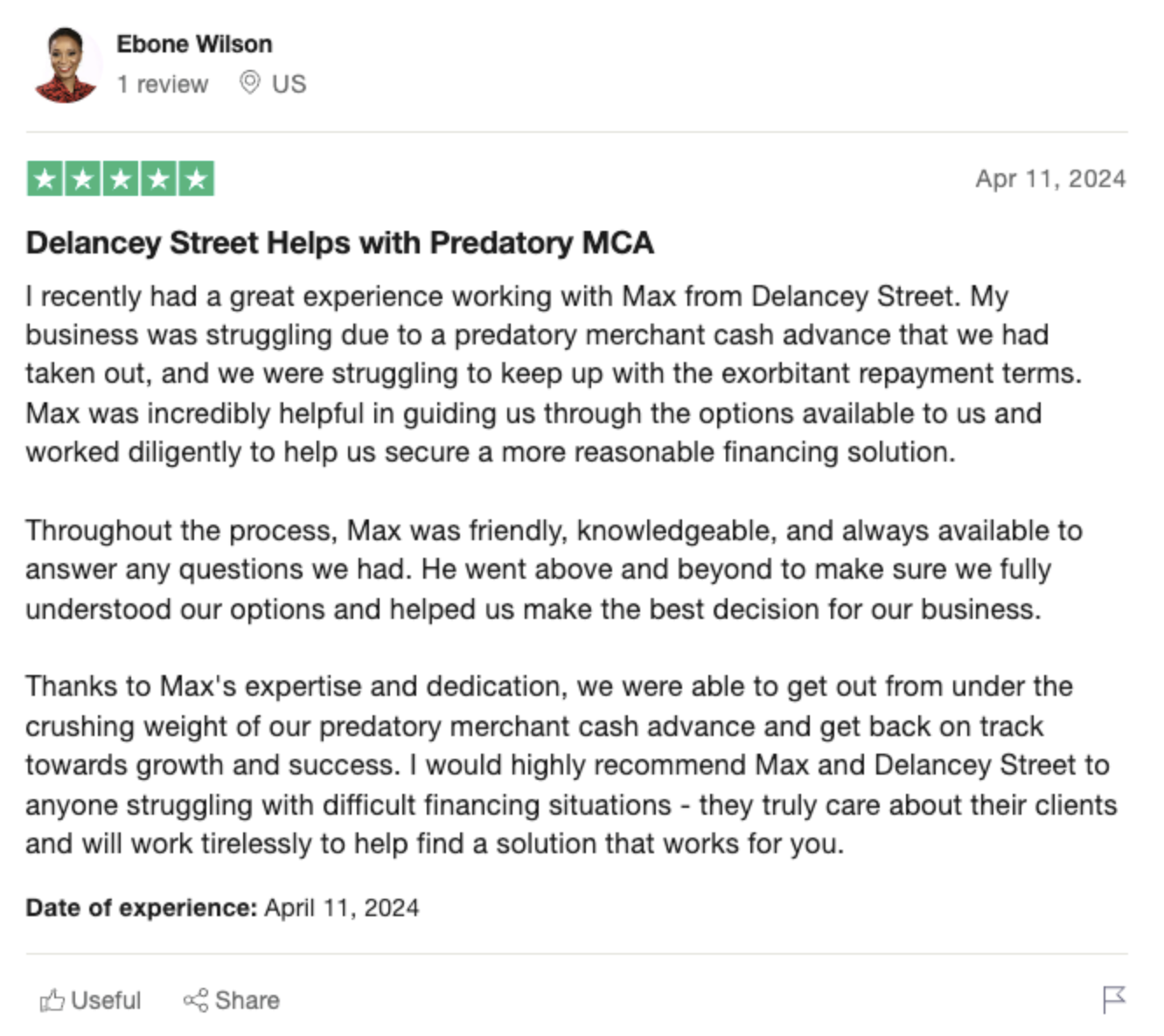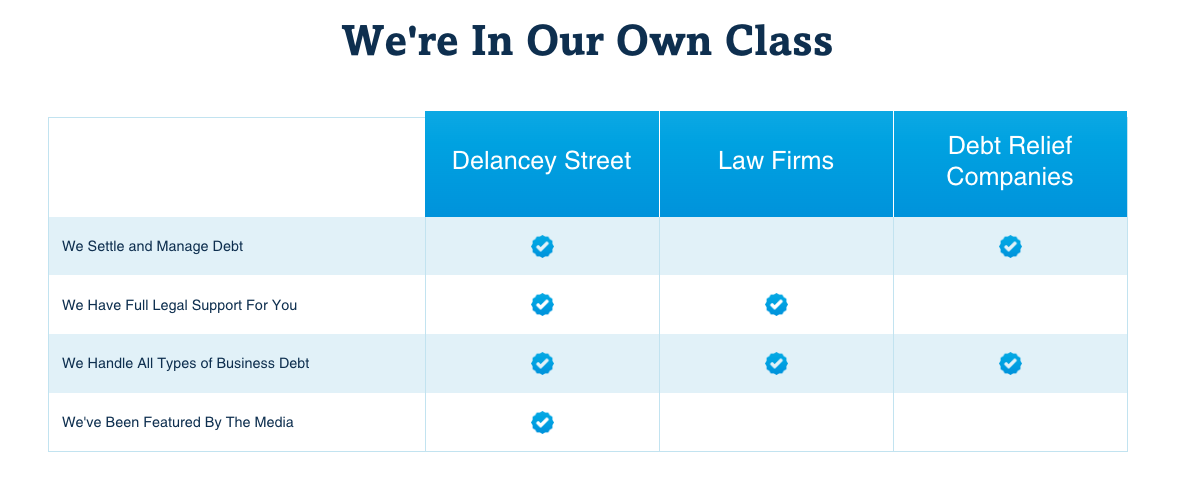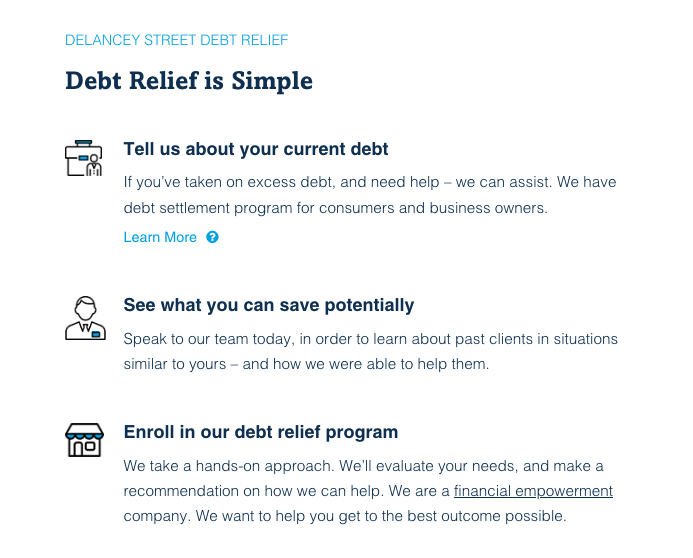What Kinds of Business Debts Can Be Included in Relief Programs?
Running a business can be tough, am I right? And when times get tight, the bills can really start to pile up. As a business owner, you may be wondering if there are any options out there to get relief from all that debt weighing down your bottom line. The good news is, there are a few different programs and laws that can help businesses restructure, reduce, or even eliminate certain kinds of debt. Let’s break it down so you can figure out if any of these debt relief options might be a good fit for your biz.
Chapter 11 Bankruptcy
One of the biggest tools in the debt relief toolbox is filing for Chapter 11 bankruptcy. I know, I know—the word “bankruptcy” sounds scary. But Chapter 11 is actually designed to help businesses come up with a plan to pay back debts over time while keeping the business up and running. According to the U.S. Courts website, the goal of Chapter 11 is to “rehabilitate the business and maximize the recovery to creditors.”
 -
-The type of debts that can be restructured under Chapter 11 include unsecured debt like credit cards, lines of credit, past due bills, etc. It also covers secured debt like equipment loans or commercial mortgages. Basically, if your business owes money to someone, Chapter 11 can likely help you manage that debt. The court works with the business to come up with a repayment plan over 3-5 years.
The main pros of Chapter 11 are that it stops collections and harassment from creditors, and the business can continue operating normally. The cons are that it’s a long, complicated legal process requiring attorney fees, and the court must approve the repayment plan. But for businesses drowning in debt, it can be a real lifesaver.
SBA Disaster Loan Programs
Another option specifically for small businesses is getting a low-interest loan through the U.S. Small Business Administration’s disaster relief programs. These include the Economic Injury Disaster Loan (EIDL) and Military Reservist Economic Injury Disaster Loan programs.
These are designed to help businesses that suffered financial losses from a declared disaster, either natural or military-related. The SBA considers the COVID-19 pandemic a qualified disaster, so EIDL loans have been a popular form of relief for struggling businesses since 2020. These loans can be used to pay fixed debts, payroll, accounts payable, and other expenses that can’t be paid because of the disaster’s impact.
 -
-The main pros of an SBA disaster loan are the low interest rate (around 3.75% for small businesses) and long repayment terms up to 30 years. The con is that the SBA has pretty strict eligibility requirements, so not all businesses will qualify.
State and Local Programs
Many states, counties, and cities have implemented their own small business debt relief programs, especially in response to COVID-19. These vary widely, but may include things like:
- Direct grants to cover operating costs
- Low-interest loans
- Loan payment deferrals
- Loan forgiveness
- Tax credits
For example, in Chicago businesses can apply for the Small Business Improvement Fund which provides grants up to $10,000 to use for payroll, rent, utilities, etc. The state of California offers the California Rebuilding Fund providing loans up to $100k for underserved businesses. Definitely check to see if your state or local area has any programs for businesses impacted by COVID-19!
The pros are these are direct sources of funds to handle debts. The cons are that funds are limited and competitive. But it doesn’t hurt to apply!
Negotiating Directly with Creditors
Don’t forget that you can always try negotiating directly with creditors too. While this can seem intimidating, creditors want to get paid, so they may be willing to work with you. You can ask for things like:
 -
-- Lower interest rates
- Reduced minimum payments
- Extended payment terms
- Partial debt forgiveness
The pros of negotiating directly are that it’s fast and free. The cons are that not all creditors will be willing to negotiate, and any agreements should be made in writing. You may consider working with a credit counseling agency to help with the negotiations.
The Bottom Line
As you can see, there are quite a few options out there for getting business debt relief, depending on your specific situation. Chapter 11 bankruptcy, SBA disaster loans, local grant/loan programs, and creditor negotiations are some of the main tools available. Each has its own pros and cons to weigh.
The most important thing is being proactive. Don’t wait until debt overwhelms your business completely. Speaking with a bankruptcy attorney and/or small business credit counselor can help you come up with the best debt relief strategy. They can also help navigate any legal proceedings and negotiations.
 -
-With the right plan, you can work your way out of debt and keep your business’ doors open. Don’t be afraid to ask for help—it’s out there! Let me know if you have any other questions, and I hope this info helps provide some debt relief options to explore. Chin up, you got this!







